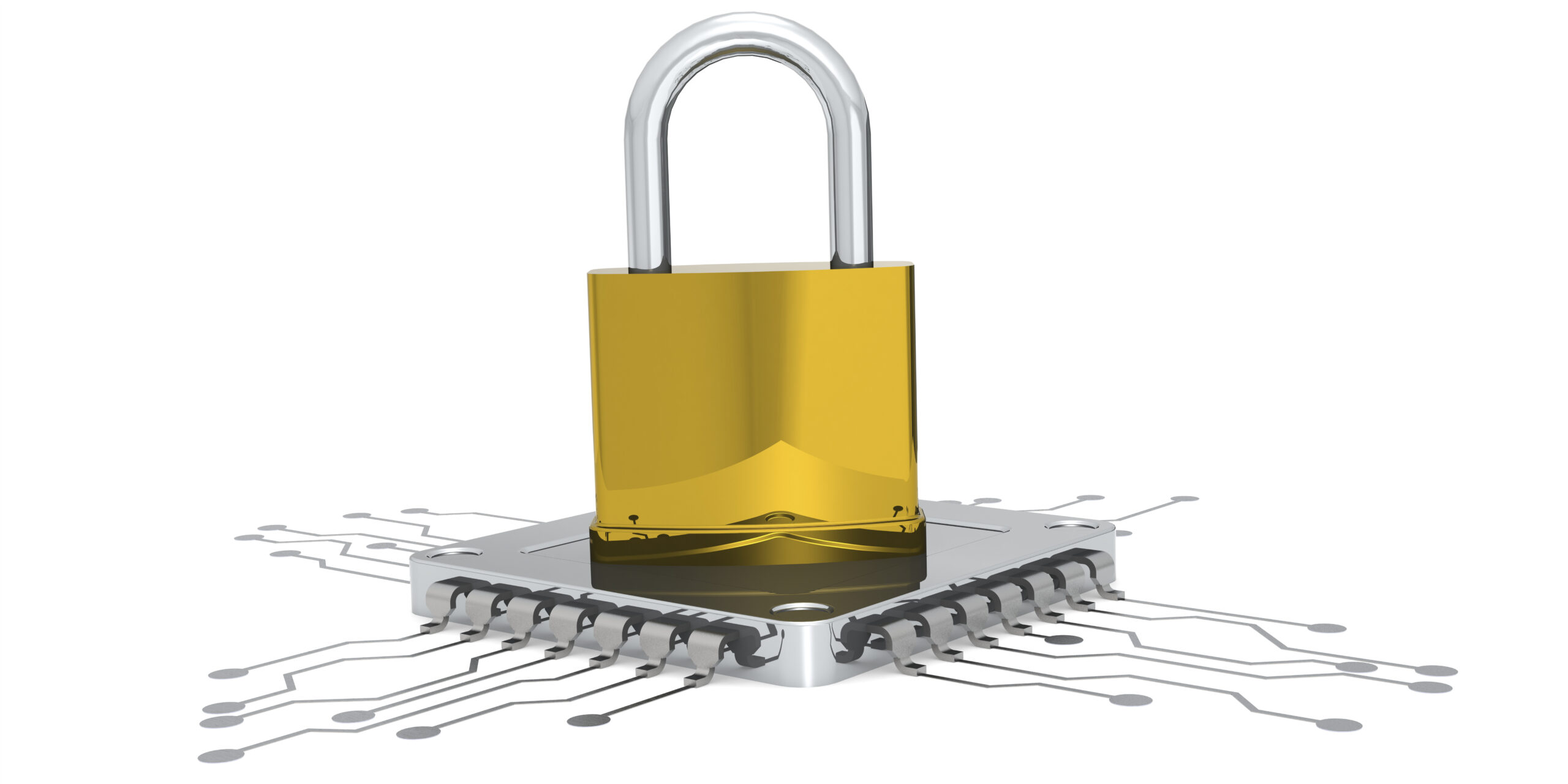The two entities are setting up a $300-million ‘first decline threat sharing instrument’, with State Lender of India (SBI) as its plan manager. This facility would find to garner about $1.5 billion in funding for EVs. The instrument would act as a hedging system, for banking companies to access in case of defaults of loans on order of EVs, and is envisioned to carry down the price of financing for EVs by 10-12{797b2db22838fb4c5c6528cb4bf0d5060811ff68c73c9b00453f5f3f4ad9306b}, Amitabh Kant, CEO of Niti Aayog, advised ET.
The risk sharing instrument of $300 million would be institutionalised with SBI, and the resources would be accessible for all economical institutions to entry as a to start with-loss instrument, reported Kant.
The current level of fascination for electric two-wheelers & electrical 3 Wheelers is in the assortment of 20-25{797b2db22838fb4c5c6528cb4bf0d5060811ff68c73c9b00453f5f3f4ad9306b}. That is anticipated to arrive down to 10-12{797b2db22838fb4c5c6528cb4bf0d5060811ff68c73c9b00453f5f3f4ad9306b}.
EVs continue to do not have a strong resale current market, making it complicated for banking companies to ascertain its residual price. This has led to greater expense of funding for EVs in contrast to ICE vehicles, claimed Kant.
Financial institutions also say they have not been far too successful funding the e-rickshaws earlier.
“The money institutions experienced to bear losses in scenarios of default as their residual worth was minimal,” mentioned Kant.
Which is why banks are circumspect.
“It’s a really specialized niche market and we want to exam the waters first before taking the plunge,” said a senior formal with a Mumbai-centered personal lender. “Currently, there is really little need in this segment, compared to other sectors like property financial loans, compact enterprise financial loans which are looking at a great deal improved development.”
A further main banker explained that several EV customers also deficiency credit history historical past.
“We are not being danger averse, but a lot of these clients are new to credit history and from segments which are generally catered to by NBFCs,” the lender said. “The segment is rather tiny and overcrowded by fintechs and NBFCS.”
According to Sulajja Firodia Motwani, CEO of Kinetic Eco-friendly whose organization specialises in electrical 3-wheelers, NBFCs and financial institutions are however not hunting at EV funding as a significant business enterprise chance. Motwani believes that the finance and banking neighborhood really should produce EV funding merchandise.
To be sure, financing EVs presents a a lot more profitable funding chance thanks to bigger returns. Banking companies have some concerns with regard to EV technology, warranty, battery life and so forth but with a proactive method and dialogue with OEMs, these can be spelled out and resolved, Motwani mentioned.
Professionals feel the federal government can assistance by supplying EVs precedence lending status and creating a massive fund from worldwide banking institutions like eco-friendly masala bonds.
NBFCs this kind of as Shriram Town Union Finance (SCUF) and L&T Finance have tied up with lots of EV makers and a number of sellers to provide loans to the EV phase.
“We feel it is the upcoming major point for the 2W current market and we’re form of going all guns blazing. Now, 20{797b2db22838fb4c5c6528cb4bf0d5060811ff68c73c9b00453f5f3f4ad9306b} of all 2W EVs bought have to have funding, but as the output ramps up and more middle class and decreased middle class buyers start off shopping for, funding of EVs will rise,” mentioned YS Chakravarti, MD of SCUF, the next-premier two-wheeler financier in India. “We are also putting in place a credit rating mechanism for low-speed EVs that do not have to have registrations and we strategy to cater to that section that is looking at solid demand from customers. We are also viewing demand from customers for EV finance from new to credit score consumers.”
“We need to acknowledge which is it’s a very small market place as of now. Just about 15-20 thousand EVs in a 12-15 lakh two wheeler industry. Actual difficulties will be charging infrastructure and administration of battery lifecycle. These problems will absolutely get addressed as the field matures. On our element, L &T Economic Products and services is partnering with all main EV gamers, offering a aggressive financing alternative to the buyers,” claimed Sunil Prabhune, Chief Government, Rural Finance and Group Head, Electronic, IT and Analytics, L&T Economical Companies.
Now, in the superior-pace EV section most of the buyers are self-funding. But once manufacturing rises, financing wants will rise from all buyer segments and that is when funding will pick up, say industry experts.
During H1 of FY22, EV sales have climbed three moments at 1.18 lakh models.
Gurus attribute the surge to both equally need- and source-aspect things. Outreach by manufacturers, improved charging infrastructure, value parity with common automobiles due to federal incentives and falling battery prices are driving sales.
According to professionals, the hinterlands are observing quicker adoption amid a increase in gas charges. Consumers there are also choosing cleaner and greener mobility.



